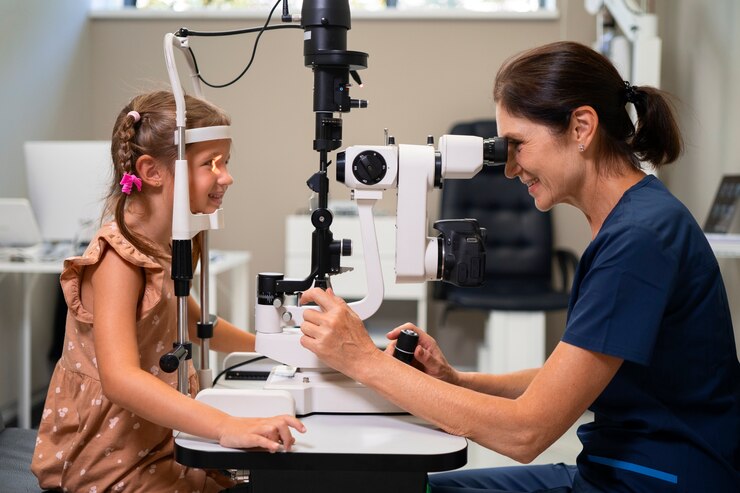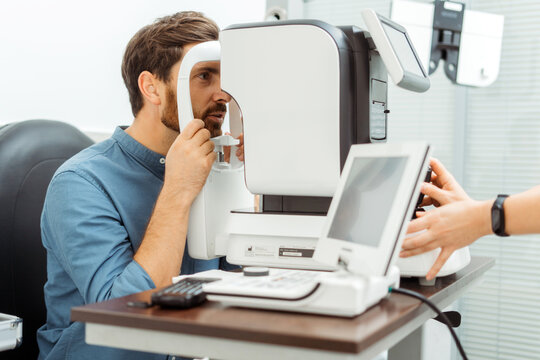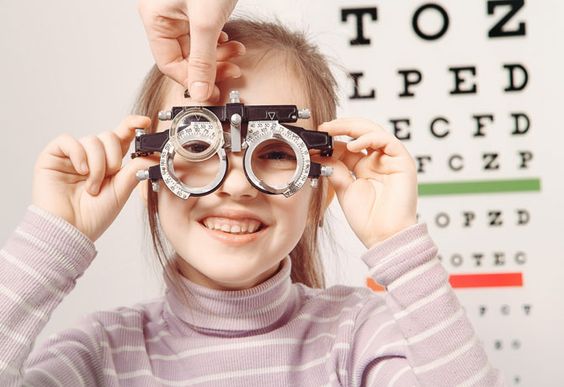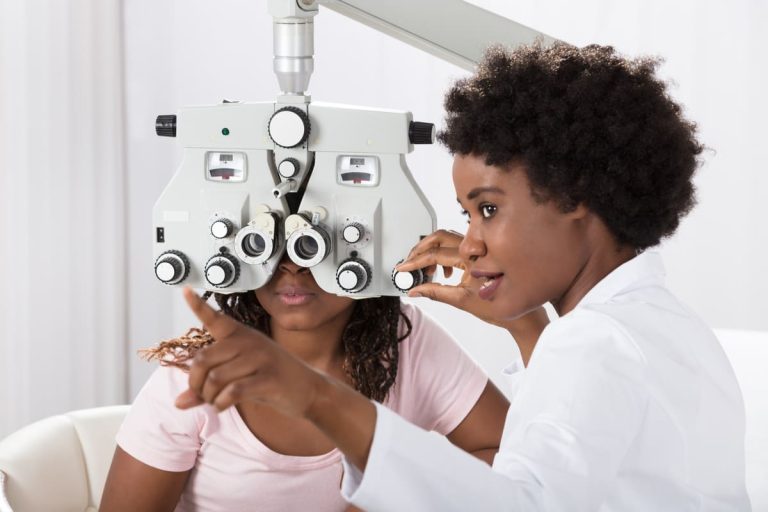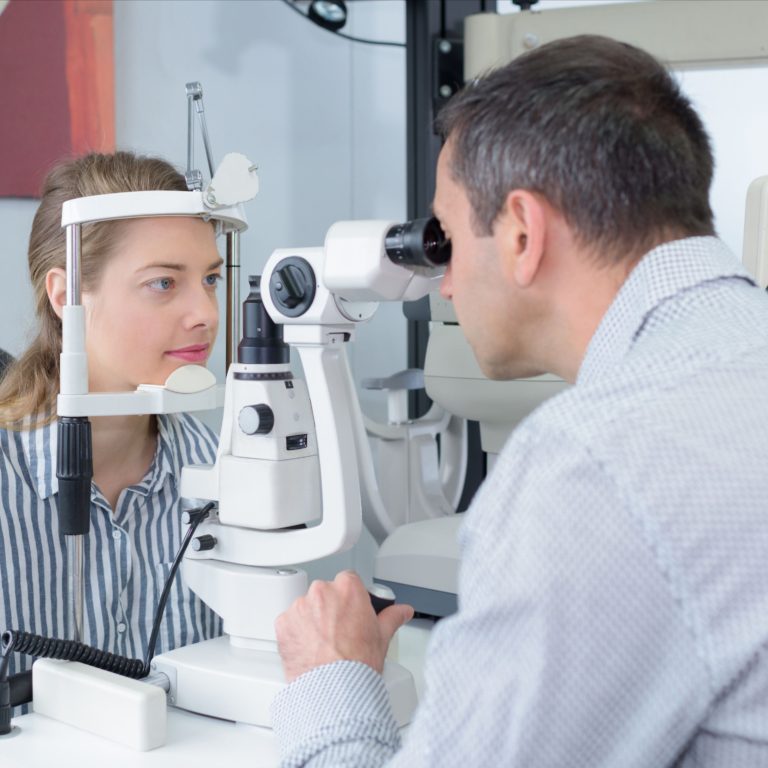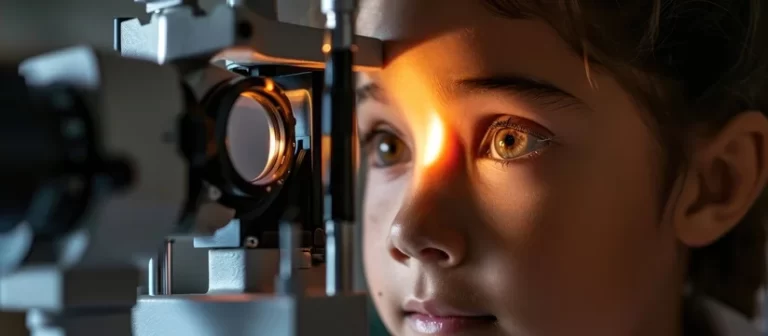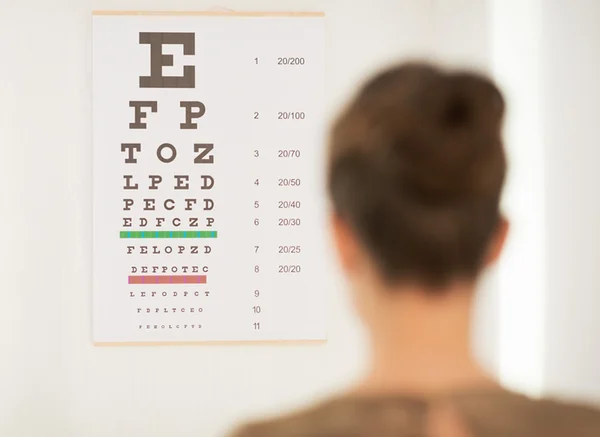Innovations In Vision Testing Technology: Enhancing Precision And Accessibility
Vision testing plays a crucial role in assessing visual acuity, detecting eye diseases, and monitoring changes in visual health. Recent advancements in technology have revolutionized the field of vision testing, offering innovative solutions to enhance precision, efficiency, and accessibility. From telemedicine platforms to smartphone applications, these innovations are transforming the way vision care is delivered and empowering individuals to take control of their eye health. In this article, we explore some of the latest innovations in vision testing technology and their impact on improving patient outcomes.
Telemedicine and Remote Vision Testing
Telemedicine has emerged as a powerful tool for delivering vision care to patients, particularly those in underserved or remote areas. Telemedicine platforms enable patients to undergo comprehensive vision assessments remotely, using digital devices such as smartphones or computers. Through live video consultations or asynchronous communication, eye care professionals can evaluate visual acuity, screen for eye diseases, and provide personalized recommendations for treatment or further evaluation.
Remote vision testing platforms leverage innovative technologies, such as computer-based visual acuity charts and remote-controlled instruments, to facilitate accurate and reliable assessments. These platforms also incorporate built-in safeguards to ensure data security and patient privacy, making telemedicine an increasingly viable option for delivering high-quality vision care.
One notable example of remote vision testing technology is the use of smartphone-based applications for self-administered vision tests. These applications utilize standardized visual acuity charts and interactive features to guide users through various vision tests, including distance visual acuity, near vision, and color vision assessment. By leveraging the built-in cameras and sensors of smartphones, these applications can provide accurate and reliable measurements of visual function, empowering individuals to monitor their vision health from the comfort of their own homes.
Artificial Intelligence (AI) in Vision Testing
Artificial intelligence (AI) has emerged as a transformative force in vision testing, enabling rapid and accurate analysis of complex visual data. AI algorithms can analyze digital images of the retina, optic nerve, and other ocular structures to detect early signs of eye diseases, such as diabetic retinopathy, glaucoma, and age-related macular degeneration.
One application of AI in vision testing is the development of automated retinal screening systems. These systems use deep learning algorithms to analyze retinal images captured using fundus cameras or smartphone attachments. By identifying subtle abnormalities in retinal morphology, these systems can detect early signs of diabetic retinopathy and other sight-threatening conditions, facilitating timely intervention and management.
AI-driven vision testing platforms can also enhance the accuracy and efficiency of traditional visual acuity assessments. By analyzing digital images of visual acuity charts, AI algorithms can automatically determine visual acuity measurements with high precision, reducing the potential for human error and variability. Additionally, AI-based vision testing platforms can adaptively adjust testing parameters based on individual performance, ensuring optimal test accuracy and reliability.
Portable and Point-of-Care Vision Testing Devices
Portable and point-of-care vision testing devices are revolutionizing the delivery of vision care in diverse clinical settings, from primary care clinics to remote field locations. These compact and lightweight devices enable rapid and accurate assessment of visual acuity, intraocular pressure, and other key visual parameters, without the need for specialized equipment or expertise.
One example of a portable vision testing device is the handheld autorefractor, which measures refractive error and provides objective estimates of visual acuity. These devices use infrared light and advanced optical sensors to analyze the refractive properties of the eye, enabling rapid assessment of refractive status and identification of potential vision problems.
Another example is the handheld tonometer, which measures intraocular pressure (IOP) and is used in the diagnosis and management of glaucoma. These devices utilize pneumatic or rebound technology to assess IOP quickly and noninvasively, making them ideal for use in primary care settings and community outreach programs.
Innovations in portable vision testing devices also extend to smartphone-based platforms, which leverage the computational power and connectivity of smartphones to perform a wide range of vision tests. Smartphone-based vision testing applications can measure visual acuity, contrast sensitivity, color vision, and other visual parameters, using interactive interfaces and built-in sensors to ensure accurate and reliable results.
Accessibility and Equity in Vision Testing
Enhancing accessibility and equity in vision testing is a critical priority for improving global eye health outcomes. Innovations in vision testing technology have the potential to address disparities in access to eye care services by expanding the reach of vision testing to underserved populations and remote regions.
One example of a technology-driven solution to improve accessibility is the use of virtual reality (VR) and augmented reality (AR) platforms for vision testing. These immersive technologies create engaging and interactive environments for vision assessments, making the testing experience more accessible and enjoyable for patients of all ages and abilities. VR and AR platforms can also facilitate remote vision testing by enabling telemedicine consultations and remote monitoring of visual functions.
Additionally, innovations in low-cost and portable vision testing devices are helping to overcome barriers to access in resource-limited settings. These devices are designed to be affordable, durable, and easy to use, making them well-suited for deployment in community health clinics, schools, and mobile outreach programs. By bringing vision testing directly to the communities that need it most, these devices can help to identify and address vision problems early, reducing the burden of preventable blindness and visual impairment.
Conclusion
Innovations in vision testing technology are revolutionizing the field of eye care, enhancing precision, efficiency, and accessibility in the assessment of visual function. From telemedicine platforms to AI-driven analysis systems, these technologies are empowering patients and eye care professionals to monitor and manage vision health more effectively. By embracing these innovations and leveraging the power of technology, we can improve eye health outcomes and ensure that everyone has access to high-quality vision care, regardless of geography, socioeconomic status, or other factors.

